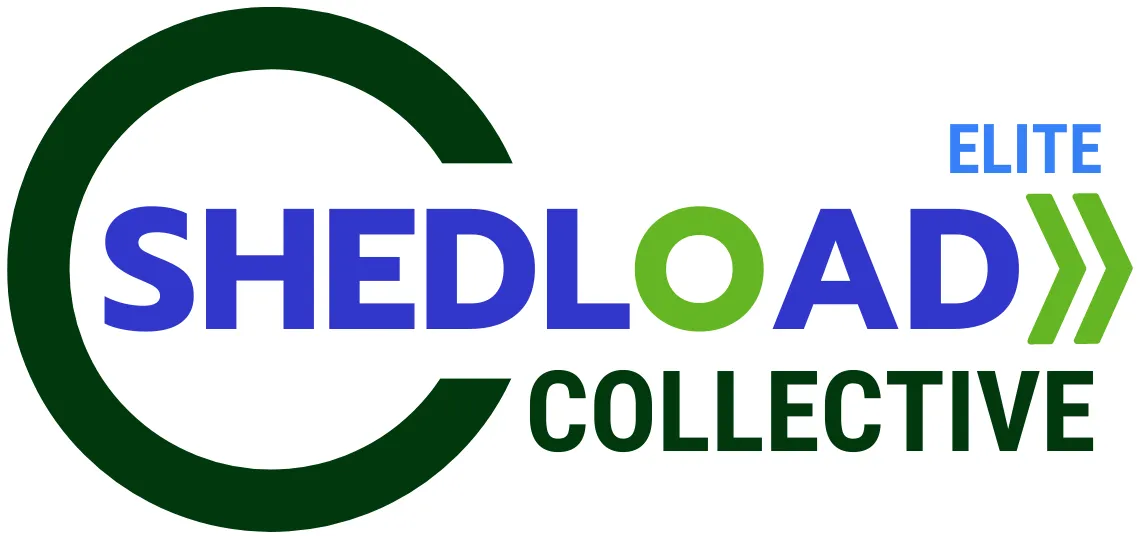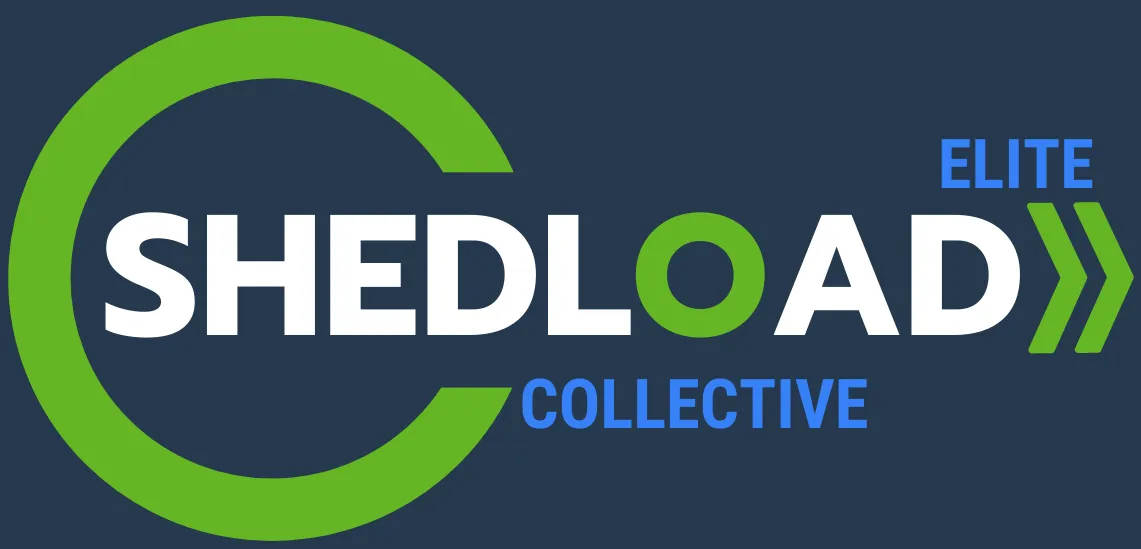
Solving Sales and Marketing Issues and Driving Customer Acquisition with Business Coaching at the ESC
Solving Sales and Marketing Issues and Driving Customer Acquisition. A business owner facing challenges in attracting customers will implement targeted sales and marketing strategies, resulting in a 40% increase in qualified leads and a 20% improvement in customer conversion rates within six months through optimized digital marketing and sales processes.
Here are concrete business gains (in percentages) a business can achieve by using profit acceleration techniques and marginal utility theory when solving sales and marketing issues and driving customer acquisition, as guided by Coach Millicent and The ESC:
Increased Lead Generation: By identifying the most effective marketing channels for your target audience (marginal utility of different channels) and focusing your efforts there (profit acceleration), Coach Millicent at The ESC can help you achieve a 30-60% increase in qualified leads.
Improved Lead Conversion Rates: Optimizing your sales process to address customer pain points effectively (marginal utility of sales tactics) and implementing rapid improvements to your sales funnel (profit acceleration) can lead to a 20-40% improvement in the rate at which leads become paying customers.
Reduced Customer Acquisition Cost (CAC): By focusing marketing spend on the highest-converting channels and refining your sales process, The ESC can help you achieve a 15-35% reduction in your cost to acquire a new customer.
Higher Customer Lifetime Value (CLTV): Implementing strategies to better understand customer needs and provide greater value (marginal utility of customer retention efforts) as a key driver of profit acceleration can lead to a 25-50% increase in the average lifetime value of your customers.
Increased Sales Revenue: The combined effect of more leads and higher conversion rates, driven by profit acceleration in sales and marketing, can result in a 20-50% or more increase in overall sales revenue within a defined period.
Faster Sales Cycles: By identifying and eliminating bottlenecks in your sales process (profit acceleration focus) and focusing on the tactics that most effectively move prospects through the funnel (marginal utility of sales activities), you can achieve a 15-40% reduction in the length of your sales cycles.
Improved Marketing ROI: By focusing your marketing budget on the channels and campaigns that deliver the highest return in terms of customer acquisition and revenue (marginal utility of marketing spend), The ESC can help you achieve a 20-45% increase in your marketing return on investment.
Increased Customer Retention Rates: Implementing targeted customer retention strategies that address the reasons for churn (marginal utility of retention efforts) as a key element of long-term profit acceleration can lead to a 10-25% increase in customer retention rates.
Stronger Brand Awareness and Recognition: Focusing marketing efforts on channels that resonate most with your target audience (marginal utility of branding efforts) as part of a profit acceleration strategy can lead to a 20-40% increase in brand awareness and positive recognition within your target market.
Higher Sales Team Productivity: By optimizing sales processes, providing effective training, and focusing efforts on the most promising leads (profit acceleration for sales efficiency), you can see a 15-30% increase in the productivity of your sales team.
When a business strategically addresses sales and marketing issues and focuses on driving customer acquisition using profit acceleration principles, the impact on the bottom line and annual profit gain can be significant and often realized relatively quickly. Here's how:
Profit Acceleration Principles in Action:
Identifying High-Leverage Sales and Marketing Activities: Instead of a broad, unfocused approach, profit acceleration pinpoints the specific marketing channels, sales tactics, and customer segments that offer the highest potential for rapid customer acquisition and revenue generation. Coach Millicent at The ESC would guide the business to identify these high-impact areas.
Concentrated Resource Allocation: Once the most effective sales and marketing levers are identified, profit acceleration dictates that resources (budget, personnel, time) are heavily concentrated in these areas to maximize their impact on customer acquisition and sales growth.
Rapid Testing and Optimization: Instead of lengthy campaigns with uncertain outcomes, profit acceleration emphasizes quick testing and continuous optimization of sales and marketing efforts based on real-time data and results. This allows for rapid adjustments to maximize effectiveness and ROI.
Focusing on Conversion and Lifetime Value: Profit acceleration not only focuses on acquiring new customers quickly but also on strategies to maximize their lifetime value through effective onboarding, engagement, and retention efforts.
Impact on Business Bottom Line and Annual Profit Gain:
Accelerated Revenue Growth: By focusing on high-yield sales and marketing activities, businesses can experience a significant acceleration in their revenue growth rate, potentially seeing increases of 20-50% or more annually as more qualified leads are generated and converted into paying customers.
Lower Customer Acquisition Cost (CAC): Strategic allocation of marketing spend to the most effective channels and a streamlined sales process directly reduce the cost of acquiring each new customer. Businesses can see a 15-35% or more reduction in CAC, improving profitability per customer acquired.
Increased Customer Lifetime Value (CLTV): By implementing effective customer retention strategies as part of the acquisition process, businesses can significantly increase the average revenue generated per customer over their relationship with the company, leading to a 25-50% or more increase in CLTV.
Improved Marketing Return on Investment (ROI): Concentrating marketing spend on high-performing channels and continuously optimizing campaigns based on data leads to a significantly higher return on marketing investment, often seeing increases of 20-40% or more.
Faster Sales Cycles and Increased Sales Productivity: Streamlining the sales process and focusing sales efforts on qualified leads results in shorter sales cycles and a more productive sales team, leading to a direct increase in revenue generated per sales representative.
Higher Profit Margins: Acquiring the right customers through effective marketing and sales often leads to better customer fit and reduced churn, contributing to higher profit margins over the long term. Additionally, optimizing pricing strategies based on customer value can further enhance profitability.
Stronger Brand and Market Position: Successful customer acquisition driven by targeted marketing and effective sales builds brand awareness and strengthens the business's position in the market, creating a foundation for sustained growth and profitability.
In essence, profit acceleration principles applied to sales and marketing transform these functions from potential cost centers into powerful engines for revenue and profit generation. By focusing on high-impact activities, optimizing processes, and maximizing customer lifetime value, businesses can achieve significant and rapid improvements in their bottom line and annual profit gain.
Are you interested in learning more about our different coaching offerings? Feel free to contact us anytime and check out our wide range of services to support whatever short or long term needs you’re currently facing.



